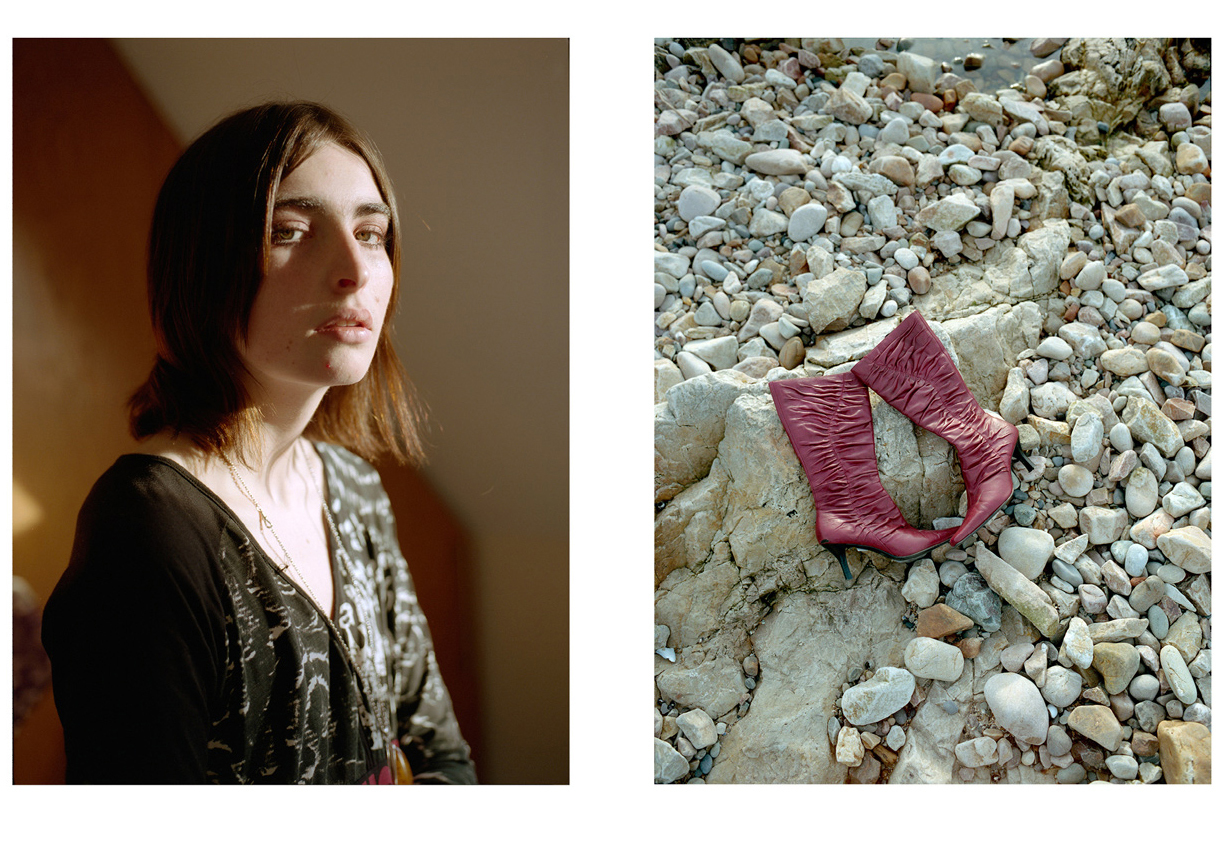In 2013 I realized, finally, that my performance of maleness had been a miserable failure. Androgyny had defined me for most of my brief life. Throughout my childhood, I was regularly perceived to be female by strangers. At the age of 13, I made my last hilariously regrettable bid for acceptable masculinity and cut my shoulder length hair into a bowl cut.

Retrospectively, I cannot comprehend how anyone ever saw me as a man. It makes no real sense that I, allegedly, used to be one. My supposed “male socialization” had ended by the time I was 15 and that process had always made me feel more like a eunuch anyway. Early puberty forced me into a space I couldn’t fit. It made me something asexual and without any defining gendered characteristics. This problem was as much social as biomedical; at an age where my peers were charged with hormonal energy, I fell between the cracks. My female friends distanced themselves from me as self-segregation became the norm and the boys abused me as a symbol of everything about themselves they were taught to hate.
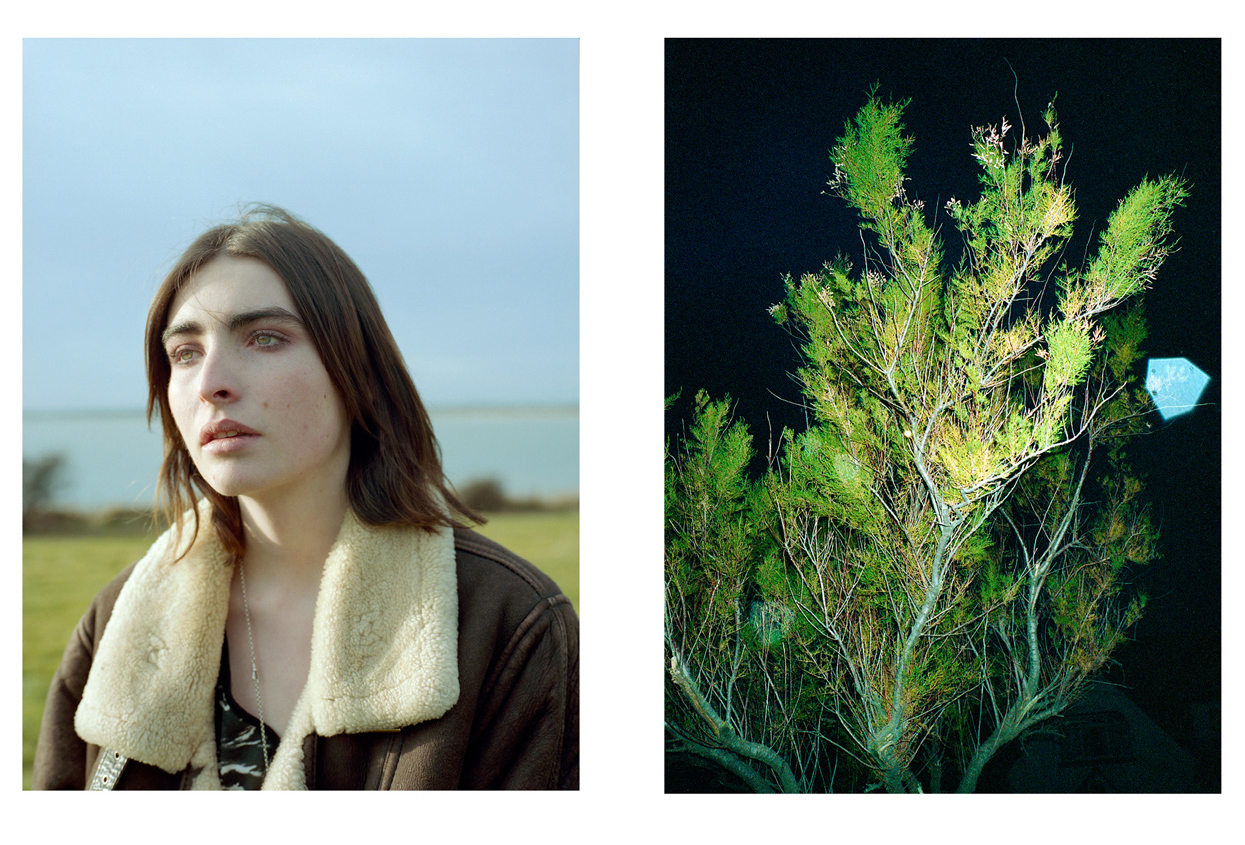
Transitioning was not a singular choice for me. There were certain, dramatic moments where I was emboldened to hide less and less, but from the moment my authentic life began, it was not an urgent process. It just felt like puberty had finally come. The radical change was not a shift from boy to girl — it was from childhood to womanhood.
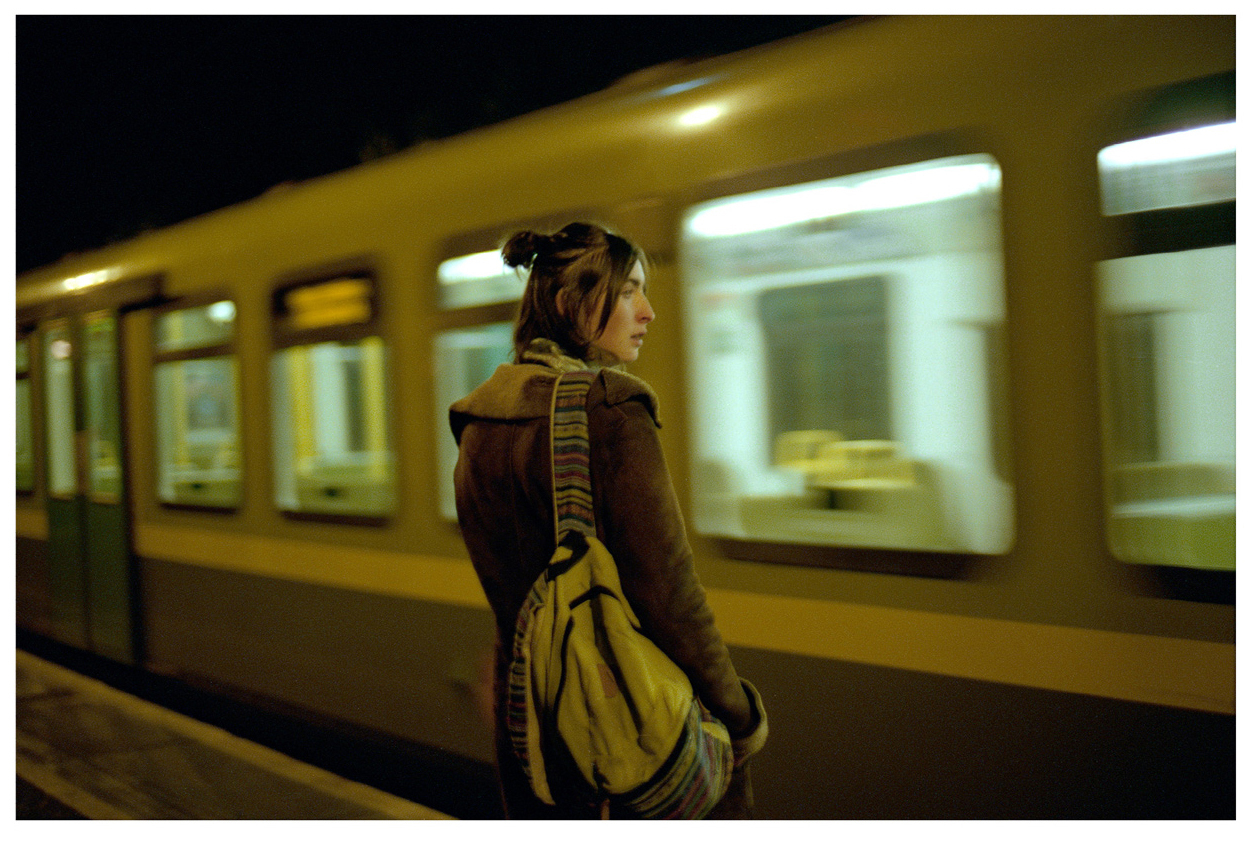
A defining moment, as I remember it, was not the afternoon I was forced to tell a room full of classmates intimate information concerning my identity. Courting other’s sympathy was never actually about me, no matter how much they thought it was. For me, it was the freedom of anonymity that cemented my sense of self. I got it when I moved school not long after. For a time, at least, I had a chance to exist beyond anyone else’s limited idea of what a trans woman— or I — was or could be.
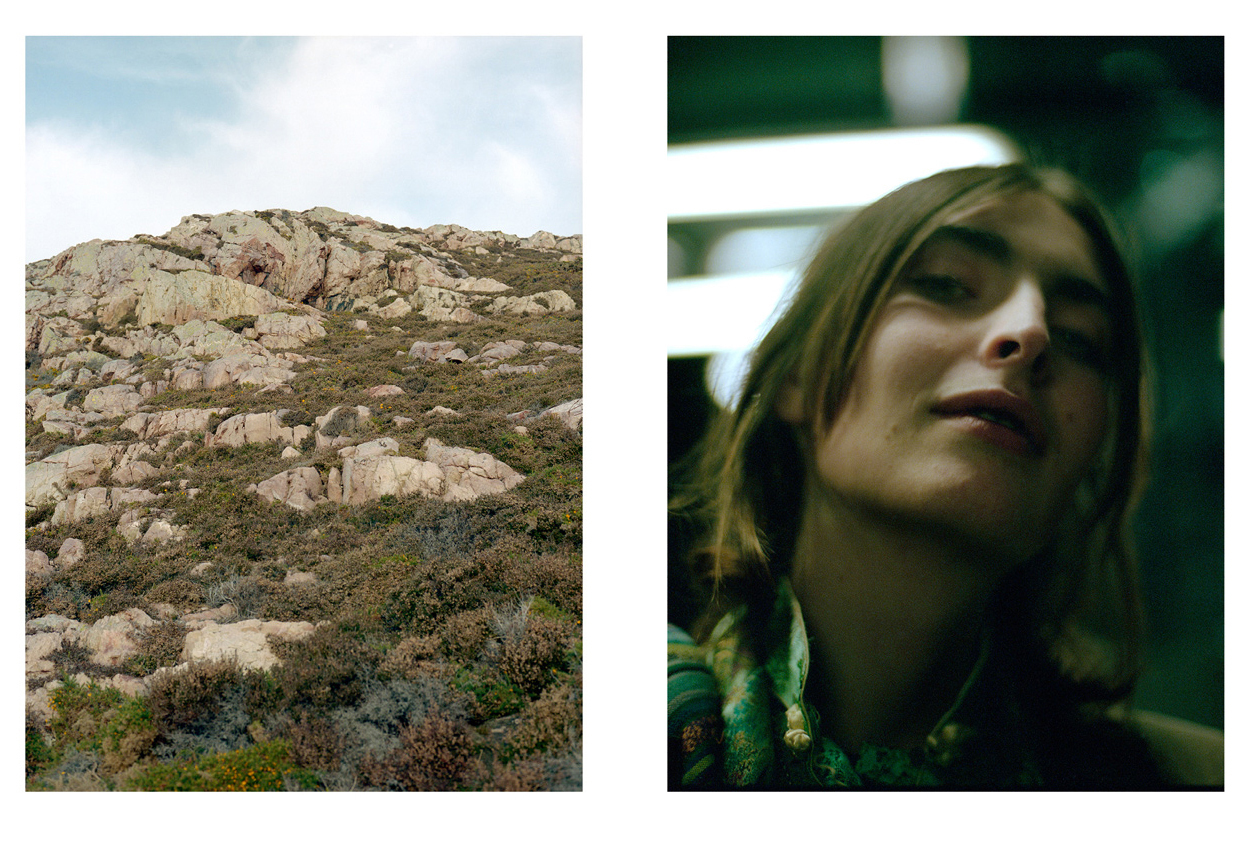
Four years later, and I’m still here talking about my transition. It feels patently ridiculous when I haven’t really done anything to further it but pick up medication every month from the chemist. Whatever revolutionary change that occurred, was a long time ago. It’s just an experience I’ve had — like moving house when I was nine. I’ve lived as a female life for my most formative years and my lived experience aligns more coherently with cis womanhood than anything else. I am a constantly changing and evolving entity, of course, but who isn’t?
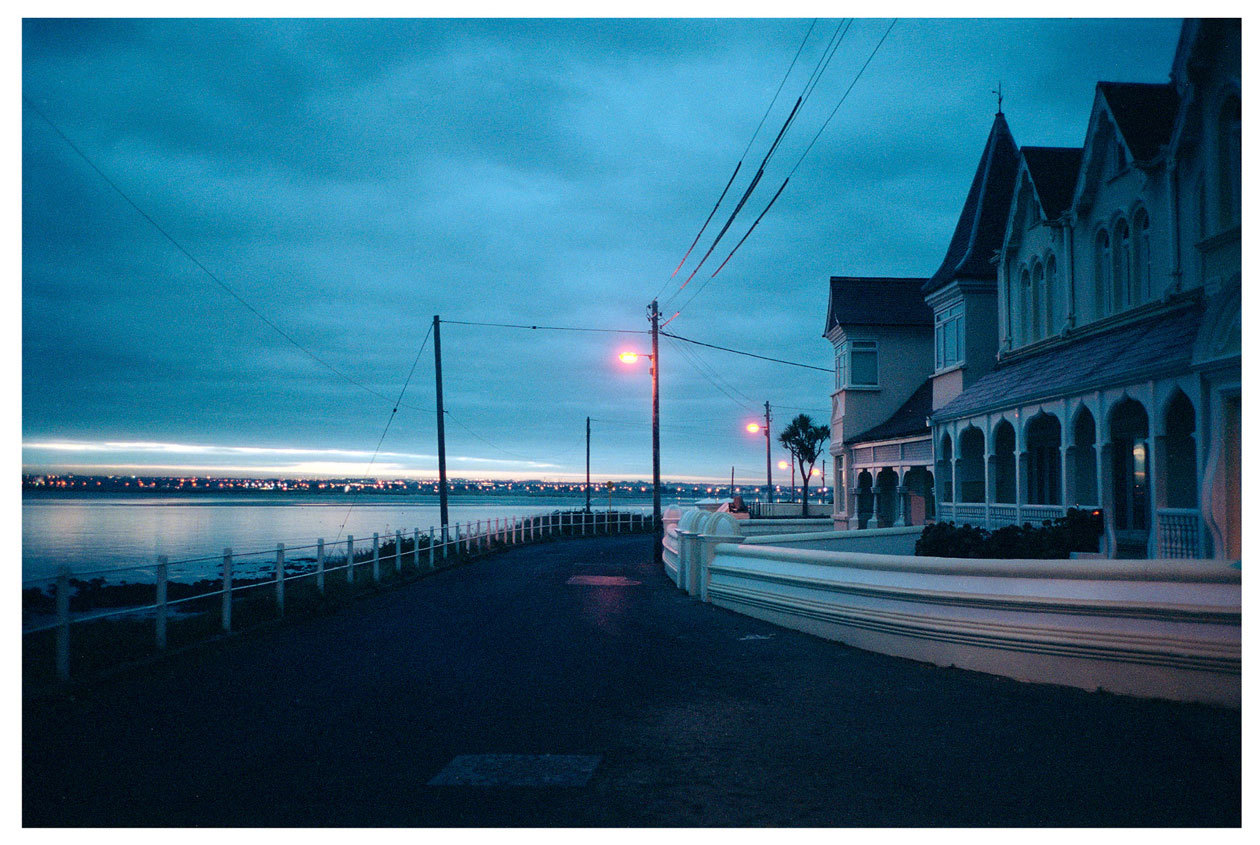
With this realization, transitioning loses its gravitas. We are all always transitioning. For most, changes of appearance and mentality can be more subtle and nuanced, but, at the heart of it, the difference between dying your hair a different color and gender transition lies in other people’s fixations.
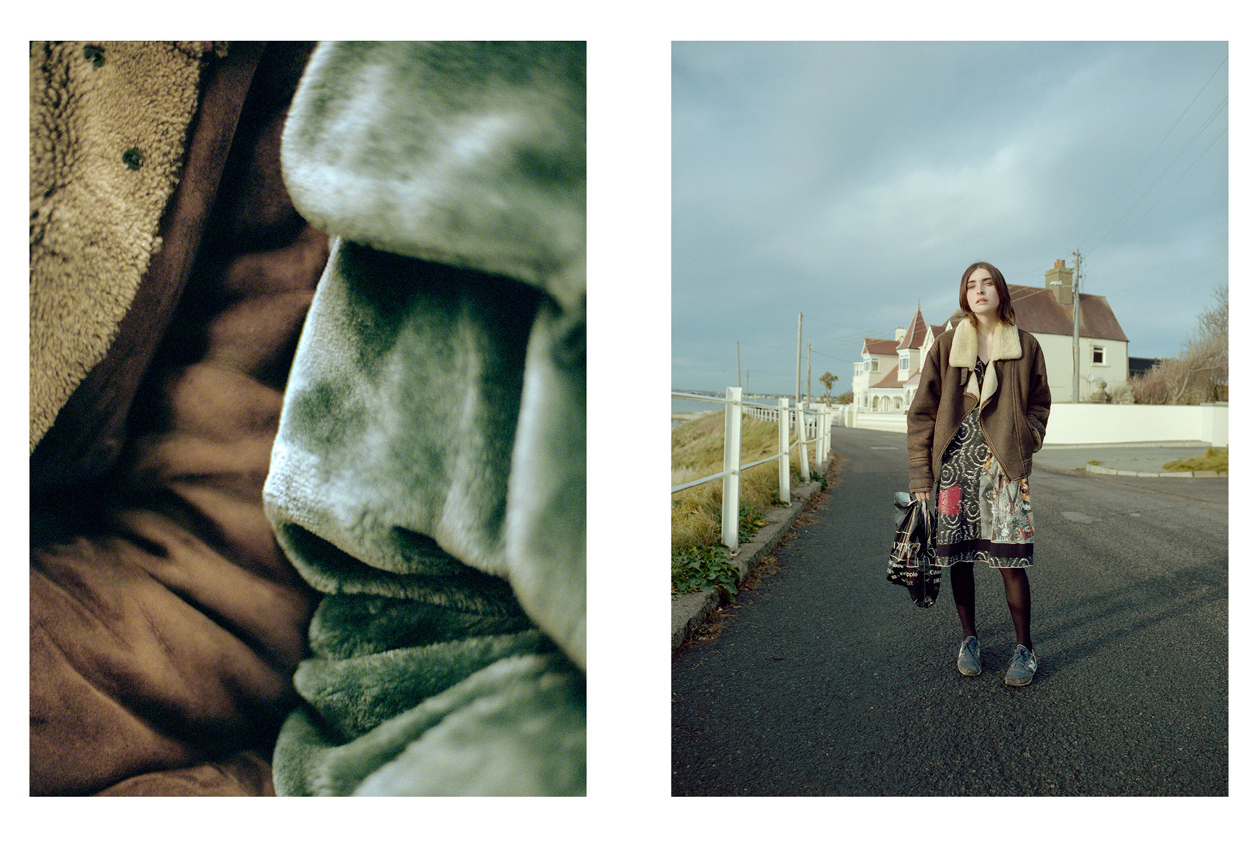
One stereotypical idea of transition, where we’re seen to enter a machine as severe and unyielding men and then emerge as delicate, beautiful women, appeals to society’s voyeurism. Our supposed inversion from one polarity to another can be observed with shock and wonder. Consequently, it is widely believed, and then demanded that we define ourselves by it. This idea, however, is a myth. Its proliferation decentralizes the conversation and shifts it away from trans women’s lived experiences, to a narrative created by cis society for its own gratification. We are given a mould to inhabit for the time when it suits people to gawk at or pity us and then we are tossed aside indifferently. We are without precedents for what comes after the drama of transformation and there is precious little space for us to exist without a fixation on our changing bodies.
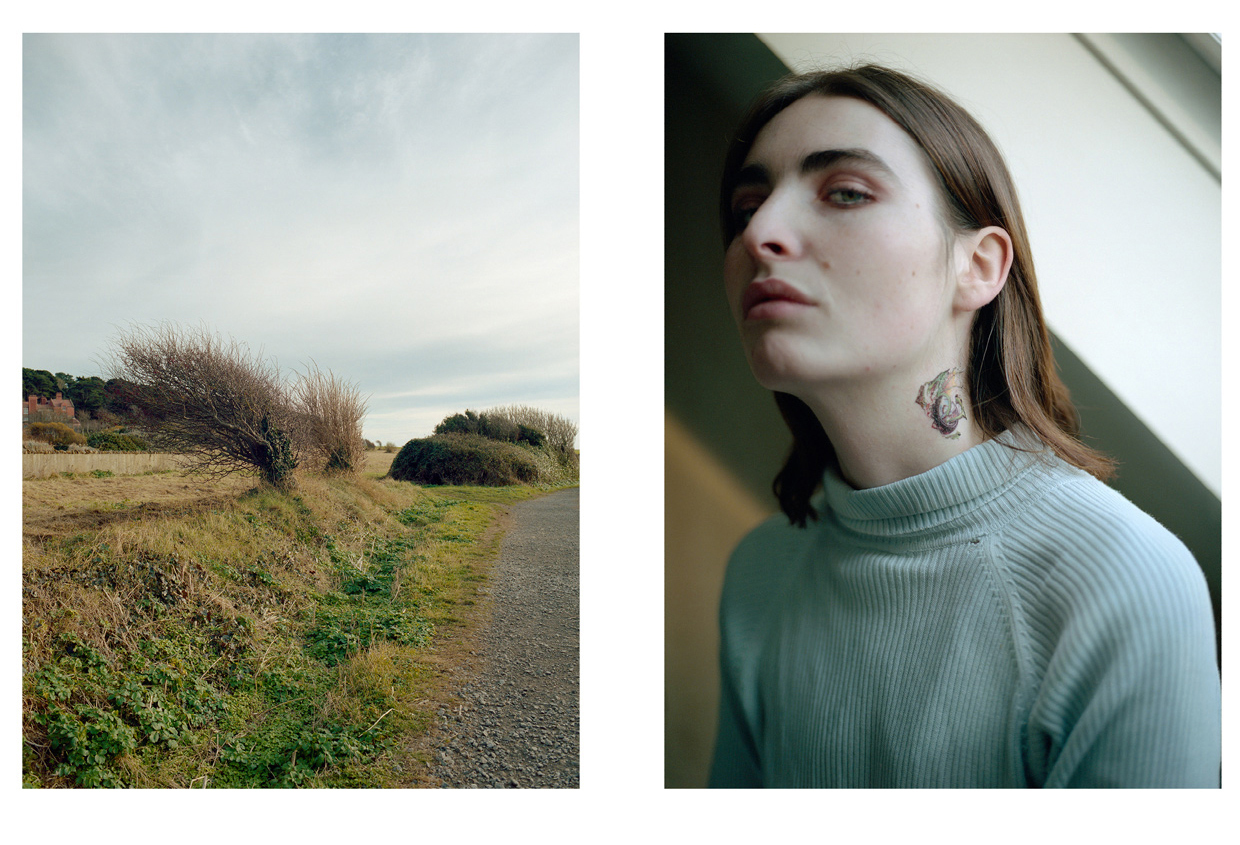
Transnsess, for me, is a subordinate aspect of my identity. It’s something I love and embrace and feel empowered to share — but at its core, it’s an afterthought.
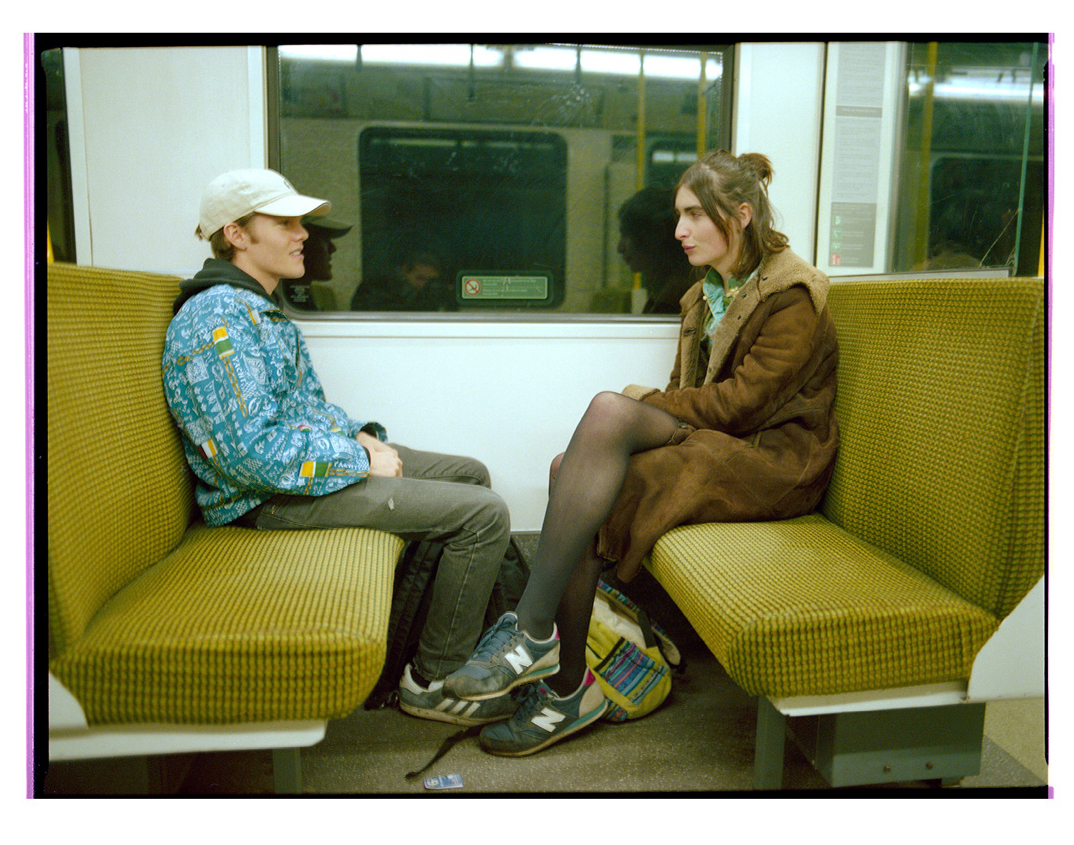
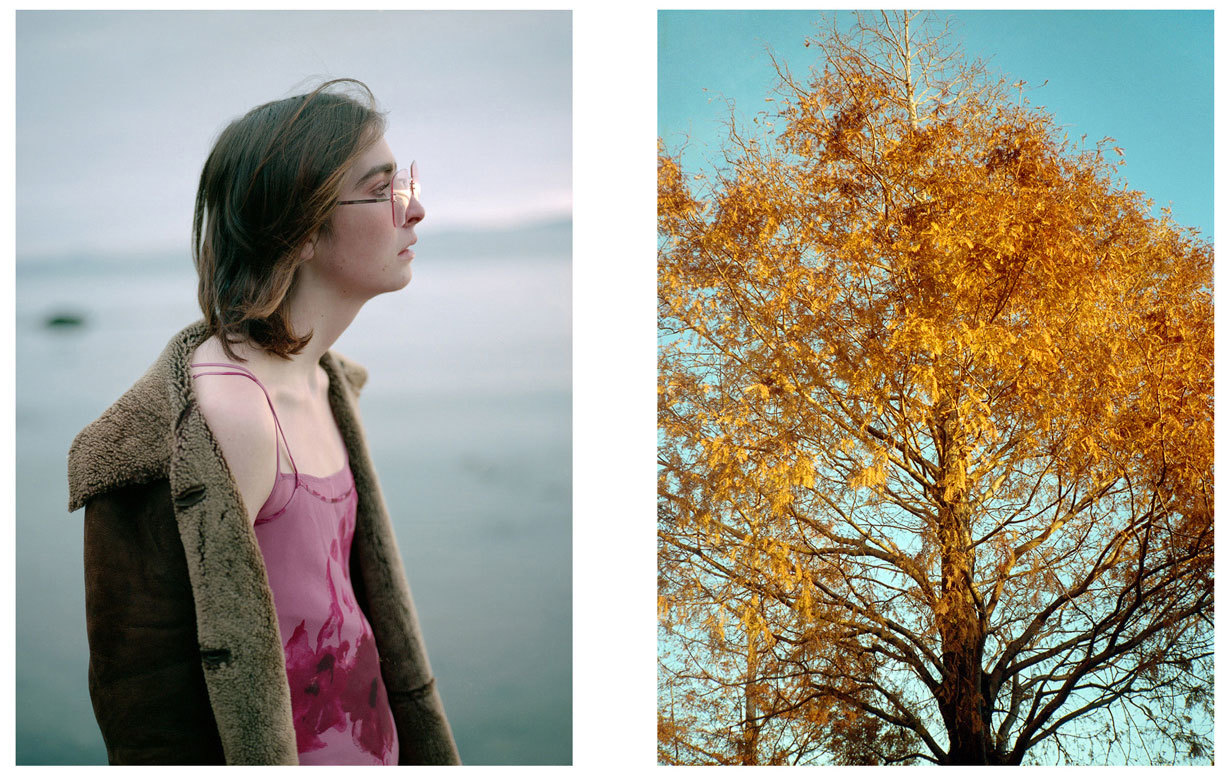
Credits
Photography Ellius Grace, from ongoing project Liath
Text Liath Hannon
Thanks to Roo
